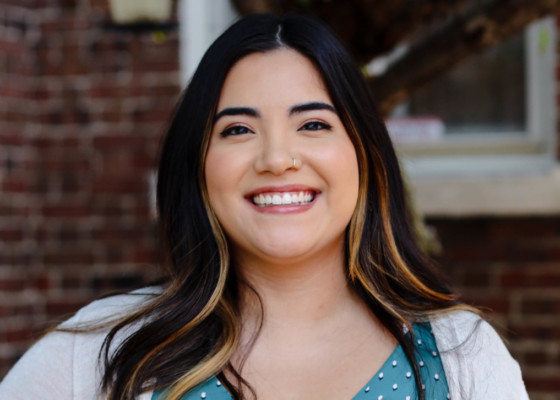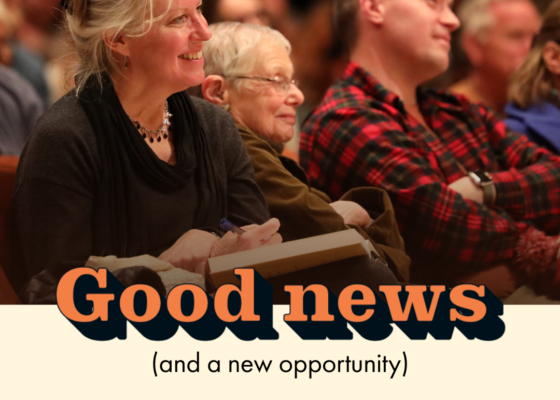Freetown Village: A Look at How Indianapolis’s Living Black History Museum Was Brought to Life
February 17, 2023Day in and day out, Indiana Humanities’ grantees and partners are bringing the humanities to life for Hoosiers across the state. From small towns like Jasper to big cities like…
Day in and day out, Indiana Humanities’ grantees and partners are bringing the humanities to life for Hoosiers across the state. From small towns like Jasper to big cities like Fort Wayne, our grantees are creating thoughtful programs, bridging divides and inspiring Hoosiers to think, read and talk. As part of our ongoing efforts to uplift the work of our partners, we’re highlighting past and present grantees and sharing their stories of impact.
In this post we’re recognizing Freetown Village, a living history museum based in Indianapolis that focuses on educating the public about African American lives, arts and culture in Indiana.
Freetown Village recently celebrated its 40th anniversary. Over the past four decades, Indiana Humanities and Freetown Village have developed a lasting partnership, resulting in unique exhibits and opportunities to bring Indiana’s Black history to life.
The idea for Freetown Village came to Ophelia Wellington in 1982 from her desire to teach African American history and make it accessible to all Hoosiers.
“I began reading about African Americans in Indiana and found some fascinating stories, things I never knew anything about,” said Wellington. “Being a teacher, I thought that other people needed to learn about this history too. There were already books and research and lectures being shared, but I wanted to make history come alive so that people could ask questions about the things they were interested in.”
Wellington began researching ways to bring her idea to life and eventually connected with former Indiana Humanities CEO Ken Gladish. Indiana Humanities awarded Wellington a planning grant, which enabled her to develop a pilot project in partnership with the Indiana State Museum. In the fall of 1984, Freetown Village opened to the public.
“The time period for the exhibit was set in 1870 Indianapolis. We created a vignette of a barbershop, which was one of the businesses that Black men could own at that time,” said Wellington. “The year was chosen because it was five years after the end of the Civil War and the abolition of slavery. It was a time of progressions, and many formerly enslaved people were moving out of the South and establishing their own communities. Freetown Village symbolically represented about 80 of those communities that became established throughout Indiana.”
The project was a major success and resulted in the development of a permanent exhibit located at the state museum and traveling programs that have reached 80 of the 92 counties across Indiana.
“I will always have a soft spot for Indiana Humanities because they were the first ones who believed in us. And in addition to believing in us, they also gave us money to develop and implement the program,” said Wellington.
Today, with funding from another Indiana Humanities grant, Wellington is developing a new program, “Conversations in Indiana Black History.”
“With the most recent social unrest issues and the pandemic, we’ve found that there are a lot more people who are interested in learning about different cultures. Currently, we’re identifying scholars and educators who have expertise in African American history and who can teach this information in a hybrid format — both in person and virtually.”
When we asked Wellington about her vision for Freetown Village’s future, she said that she hopes “not only that we continue to exist, but that we offer more programs. I’d like to see us become a destination that people specifically come to Indianapolis to visit.”
Click here to learn more about Freetown Village.



